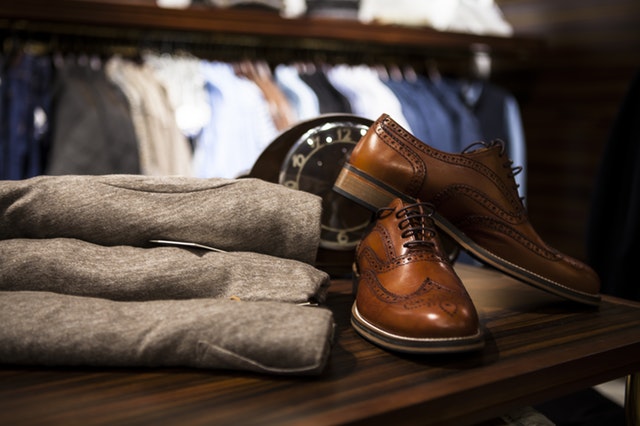Tech meets Fashion with Google’s ‘We Are Culture’
An engineer in Google sat in his Manhattan office just recently, describing the technology firm’s latest venture into the wide world of fashion with We Wear Culture. It is an online archive which will interest everyone, he said, including his Indian mother, who will learn about the saris she wears or the price range of kid’s shoes online, and fans of what he called “high couture”, a phrase that the engineer just recently learned because technician and fashion have rarely met previously, especially not at a tech giant like Google.
His colleague at work, Kate Lauterbach, broke in, softly correcting him “Haute couture” , the engineer responded to Kate saying that if she really was a massive fan of couture, then she might really discover the most iconic pieces displayed on modular exhibition wall systems.
‘We Wear Culture’ is a growth of the Google Arts and Culture sector, an online platform that Amit Sood developed in 2011 with high-resolution images of artwork from around the world. The latest fashion record comprises over 30,000 apparel items from 180 cultural associations’ exhibition installations such as those in the Metropolitan Museum of Art in New York and the Victoria and Albert Museum in London, such as Coco Chanel’s little black dress and the red women’s heels worn by Marilyn Monroe.
Until recently, the man who constructed this virtual paradise for fashion fans held a dim view of the fashion world, it wasn’t an interest of the engineers, and stored it away as a topic for the elite and extremely talented, he was not even conscious of Chanel’s black dress, let alone some of the recent trends and history in vogue.
In his efforts to bring himself up to speed, Mr. Sood, who is in his late 30s, turned to a couple of the industry’s heavyweights as his guides. He embarked on a two-hour meeting with Paul Smith that occurred in a ‘curiosity room’ the designer asserts in his London office, to Amit’s surprise, Paul Smith was really thrilled with the ‘We Wear Culture’ thought, saying that fashion most certainly has an internet presence, but the digital content is scattered throughout the web in a range of unstructured information that desperately wanted some organisation. Sorting information was something Amit knew plenty about.
Natalie Massenet, the founder of Net-a-Porter, told Mr. Sood he couldn’t simply upload incredible photos of clothing as he had planned; he had to see garment workshops and speak to curators to discover the stories of the creation, and, as if making a pilgrimage to the Mount Olympus of fashion, Mr. Sood met with Anna Wintour, who steered him toward her friend Andrew Bolton, the head curator of this Met’s Costume Institute.
Mr. Sood has come a long way. For instance, he now knows what a dandy really means; it originates from the British guy named Theo Blu-mel or something he said.
For all his charming bumbling on the subject, Mr. Sood could be more of a dedicated follower of fashion than he lets on. He’s gone to Tokyo 14 times by his count and can name-check Japanese designers like Chitose Abe and Junya Watanabe, he knows about the latest fashion in women’s shoes and clothes, as well as men’s which he has taken quite a liking to.
In a splashy party Google recently held at the Met to unveil the We Wear Culture archive, Mr. Sood wore a linen blazer by Junya Watanabe, topped off with men’s dress shoes from the British heritage brand Edward Green. He also managed to not break into sweats when he conversed with Ms. Wintour. Using the archive he helped to create, Mr. Sood was able to immerse himself into fashion’s miniscule details. Most recently, he analysed lace and found that lace is not only for women, men can wear lace also.

